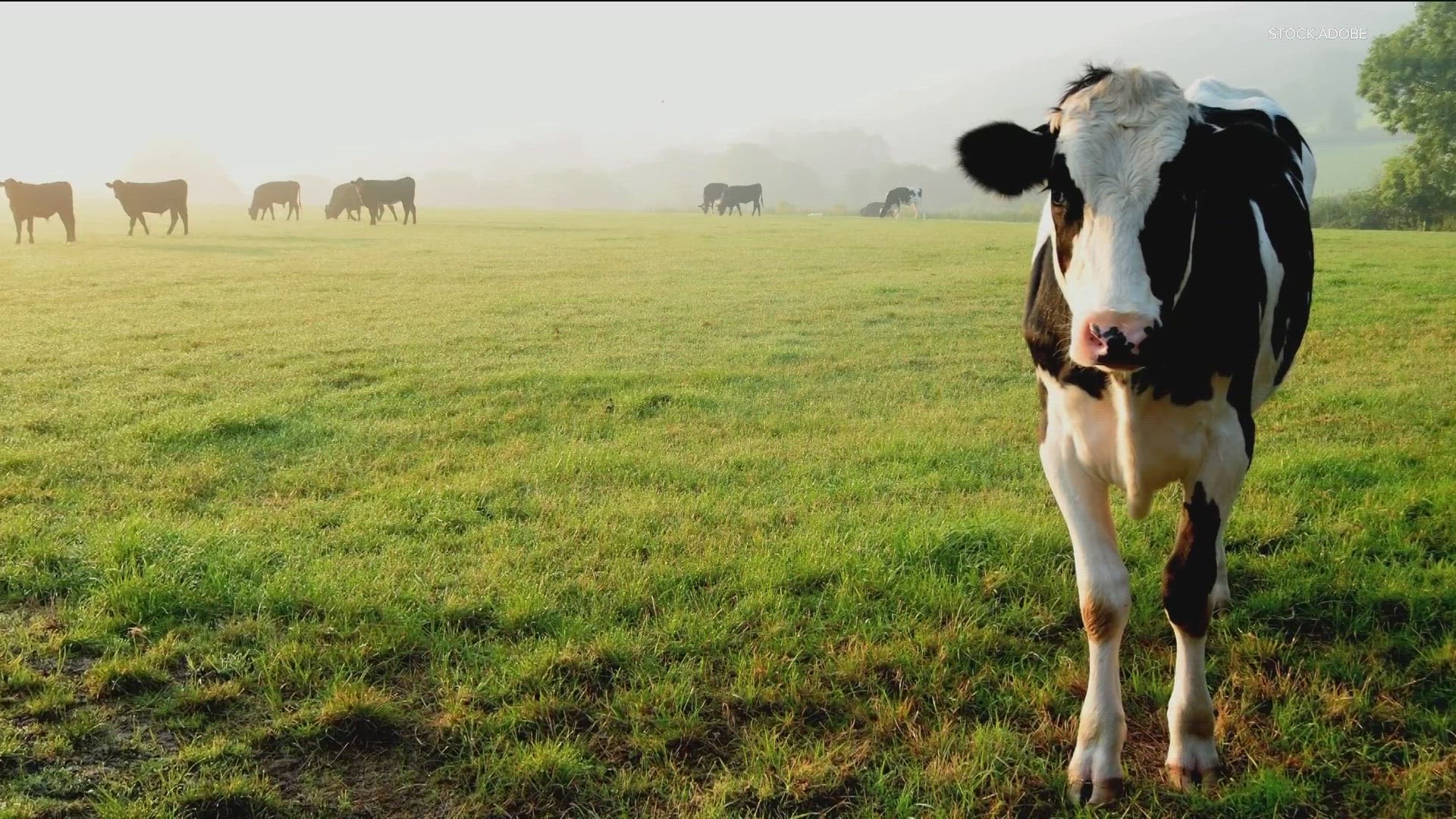Urgent Alert: Bird Flu Spreads Among U.S. Dairy Cattle, Prompting Concerns in Canada

While Canadian authorities assure the public that there’s no evidence of a dangerous strain of bird flu affecting dairy cows in the country, scientists caution that limited surveillance measures may leave Canada vulnerable to an explosive outbreak of H5N1 among dairy cattle in the United States.
Across various states south of the border, numerous herds have already fallen victim to this strain of influenza A. Although H5N1 seems to induce milder illnesses in cows, it has been associated with alarming mortality rates exceeding 50 percent in other species, including birds, cats, and even humans. Nevertheless, further data and research are required to grasp the full extent of the risks involved.
Matthew Miller, an immunologist and vaccine developer at McMaster University, emphasizes the urgent need for a comprehensive national surveillance program. Without it, he warns, Canada may be unaware of potential infections within its borders.
As of Monday, the Canadian Food Inspection Agency (CFIA) has not identified H5N1 in Canadian dairy cattle or any other livestock. However, the disease is prevalent among farmed birds nationwide, affecting an estimated 11 million birds to date.
The CFIA mandates the reporting of H5N1 in any species, including cattle, and requires dairy producers to monitor for signs of infection, adhere to biosecurity measures, and promptly notify their local CFIA office if they suspect the disease.
Despite the outbreak in the U.S., cross-border trade of dairy cattle remains unrestricted. The World Organisation of Animal Health does not currently recommend imposing limitations on the movement of healthy cattle and their products between the two countries.
Following a recent U.S. federal mandate requiring H5N1 testing for many dairy cattle transported between states, Canada will also enforce similar testing for imported lactating dairy cattle from the U.S., according to the CFIA.
Regarding the testing of milk samples, the CFIA indicates that if H5N1 is detected in Canadian cattle, it will offer testing assistance. However, the agency clarifies that it is not presently testing raw or pasteurized milk and asserts that the virus does not pose a food safety risk.
Despite these assurances, several Canadian scientists stress the importance of initiating widespread testing and surveillance measures immediately, rather than waiting for a confirmed detection



:max_bytes(150000):strip_icc()/VWF-Understanding-Your-Maximum-Heart-Rate-1231221-801182337a7243c88ddca72745ff539a.jpg)